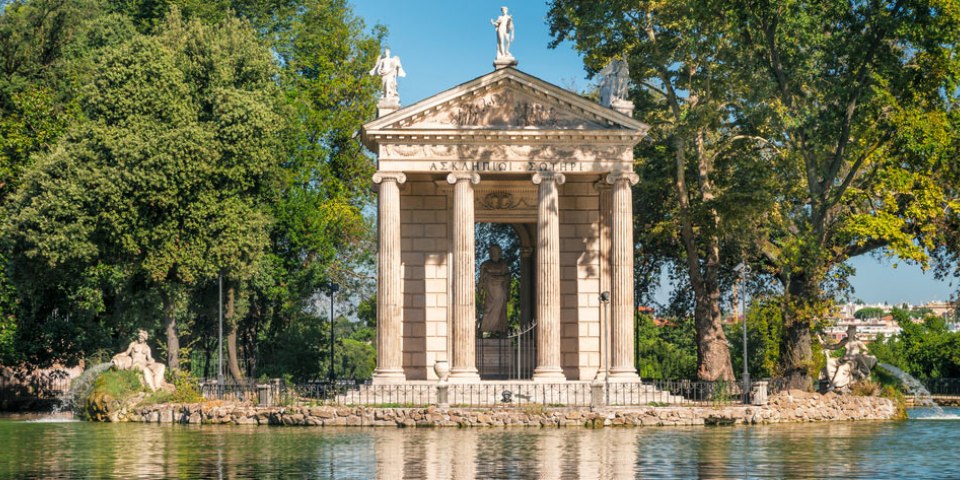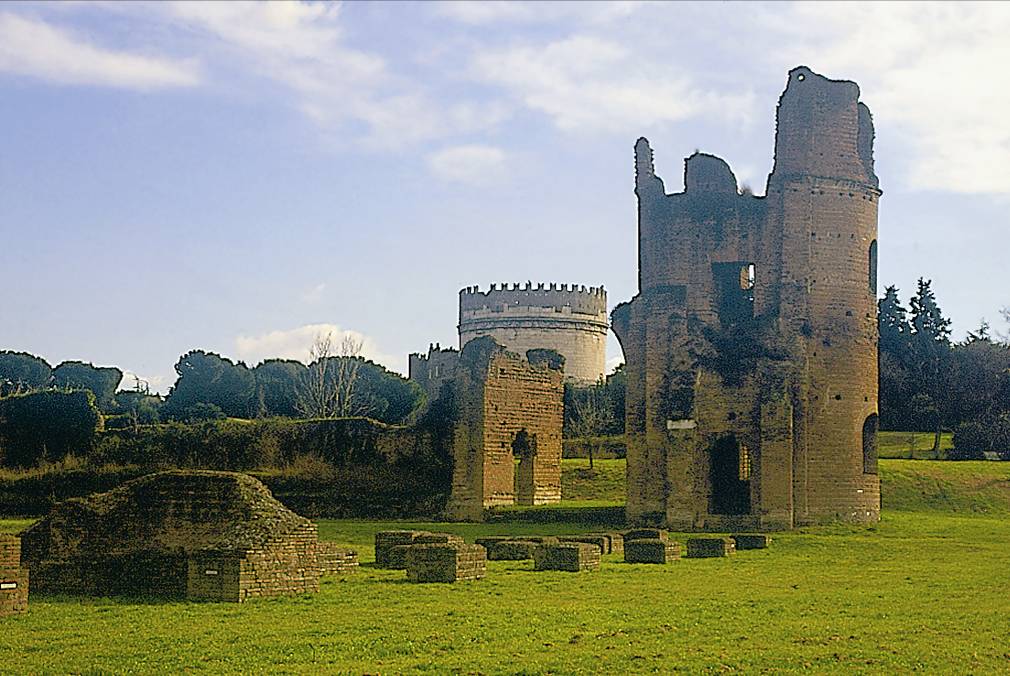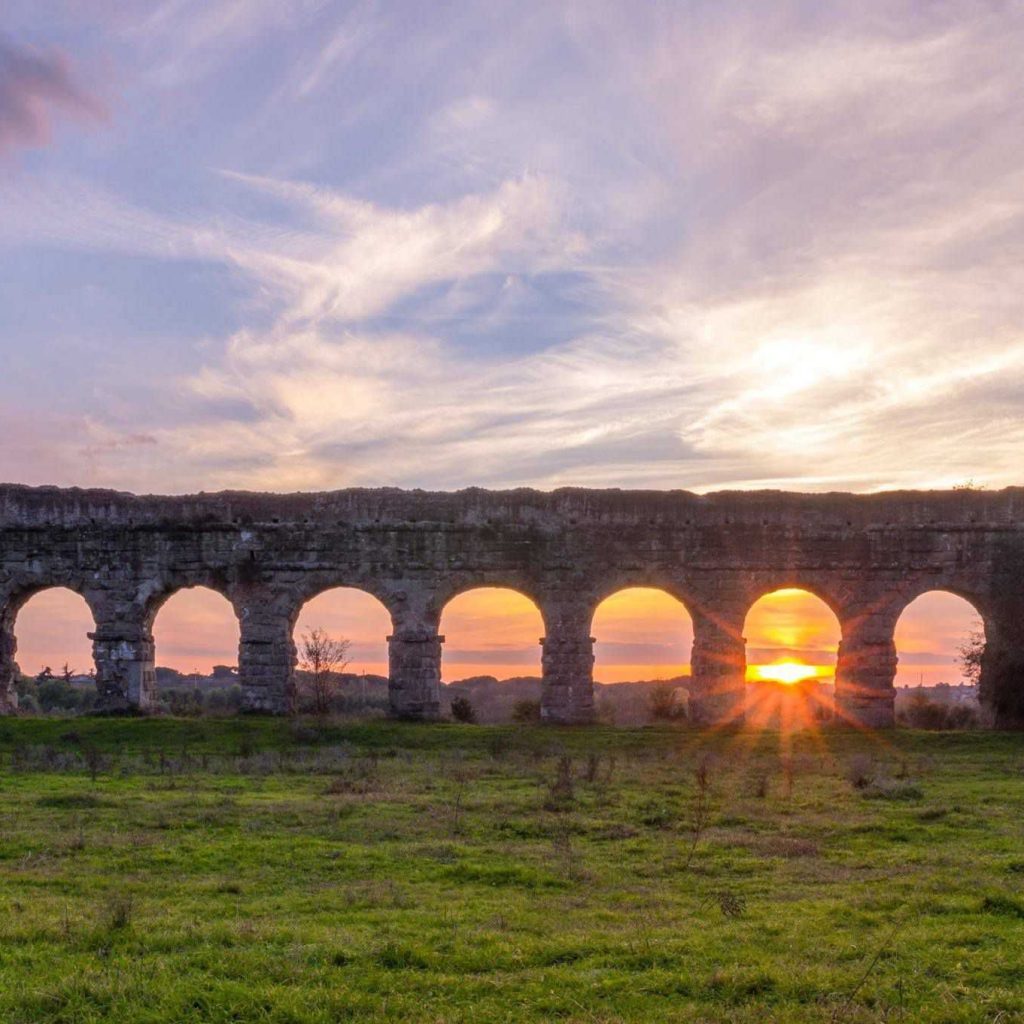Rome is well known as the eternal city, but less widely known as the home to grandiose parks that house villas, ancient ruins, and aqueducts. Most travelers come to Rome for the historic significance of the Colosseum, the Pantheon, the Vatican, and of course the food. However, not everyone realizes the natural beauty that can be found in the heart of Rome! The most famous park in Rome lies in the center of the city, called Villa Borghese.

Villa Borghese is the third largest park in Rome. This park has the Galleria Borghese, or Borghese Gallery, which shows various works of art such as Caravaggio pieces and includes an elaborate garden to peruse. In addition, the Temple of Aesculapius semi-surrounded by a moat is located near the heart of Villa Borghese. Here manual boat rides are offered, for a few euro you can paddle your way around the moat and enjoy the plentiful birds and animals which reside there. Finally, there is also a zoo. The zoo includes tigers, anacondas, bears, and much more. The entire park encompasses 148 acres of land.

Parco della Caffarella is a rather large park located near San Giovanni towards the south of the city center. The best feature of this Roman park is that it transports you suddenly from an urban setting to what feels like miles away from the city. The rolling hills combine with flat land to provide dog zones, outside exercise equipment, children’s parks, a working farm, and plenty of wildlife. Sheep are often seen grazing amongst the fields and are herded around the park daily, the farm also contains horses, chickens, dogs, and sells fresh cheese and milk. This park also has various festivals. A short walk through the park will bring you to the Nymphaeum of Egeria which is a man-made grotto near the river. Continue further into the park and you may stumble across the Church dedicated to Saint Urbano. If you’re looking for a more relaxing picnic atmosphere, you’ll have no trouble finding such a setting here. You’ll easily find many local Italians playing music and sports in the copious open fields stretched inside the park.

Parco degli Acquedotti is a bit farther from the center but an easy walk from the metro line A stops Giulio Agricola, Cinecittà, Lucio Sestio, or Subaugusta. This park is famous for the well-preserved ruins of the Roman Aqueducts. Stretching for miles through the park, the structures jettison from the ground with most, if not all, of its former glory from ancient Rome. Standing near these ruins and gazing up at the majesty of the former lifeline to the city is a must for any history lover. Millenia ago, these aqueducts carried water from the mountains surrounded Rome to the city itself. The Aqua Claudia, one of the aqueducts, was built during the reigns of emperors Caligula and Claudius. The other aqueduct, Aqua Marcia, was constructed in 144 BC. Now, the park is largely used for sunbathing, barbeques, and picnics. But it’s also a wonderful location to go for a run or cycling along the stream. Within the park, you’ll also find a few smaller waterfalls. Certainly, not a bad place to spend an afternoon.
